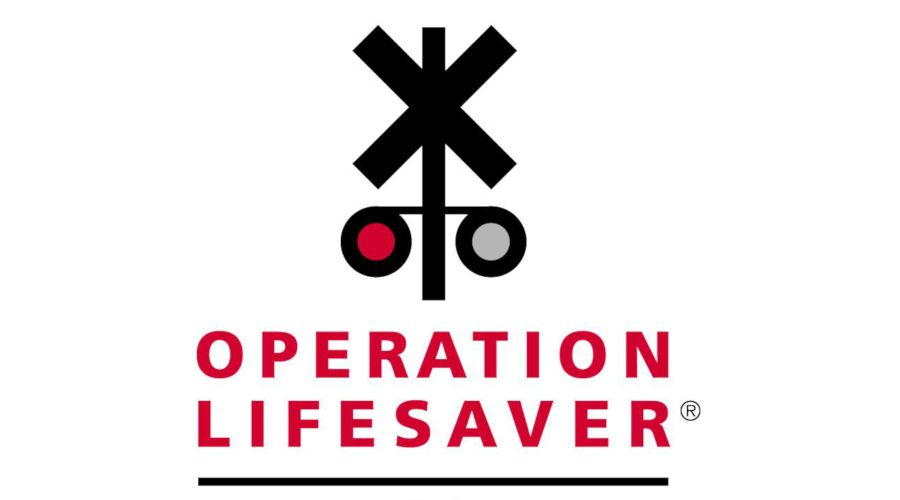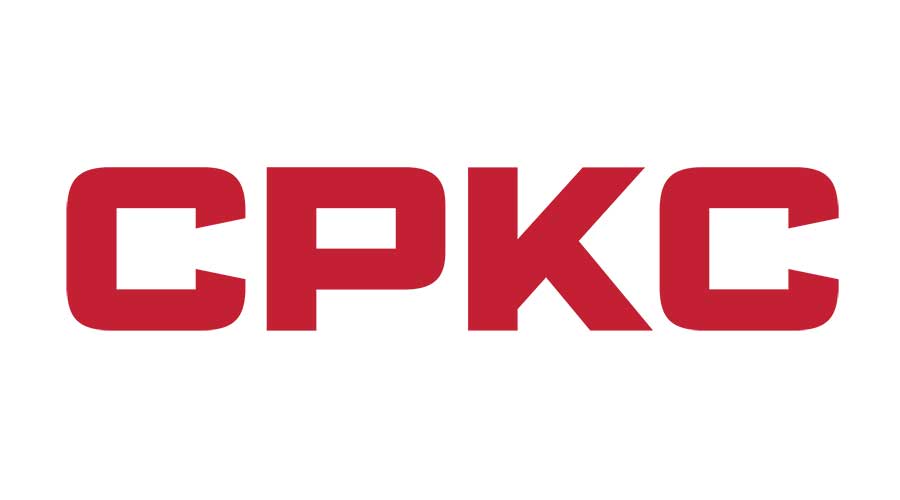Newsletter Sign Up
Stay updated on news, articles and information for the rail industry
Stay updated on news, articles and information for the rail industry
 railPrime
railPrime
RAIL EMPLOYMENT & NOTICES
Rail News Home
Rail Industry Trends
Rail News: Rail Industry Trends
4/22/2010
Rail News: Rail Industry Trends
UP: Double-digit volume gain paves way to income, operating ratio records
advertisement
It wouldn’t have been difficult for Union Pacific Corp. to best its first-quarter 2009 financial results, which were less than stellar. But the Class I not only beat those results in first-quarter 2010, it blew them away — and set a few records to boot.
Today, UP reported diluted earnings per share of $1.01, up 40 percent; record operating income of $988 million, up 47 percent; net income of $516 million, up 43 percent; and operating revenue of $4 billion, up 16 percent compared with first-quarter 2009 figures. Analysts polled by Thomson Reuters had expected earnings of 94 cents per share and revenue of $3.8 billion. In addition, UP set a first-quarter operating ratio record at 75.1, down 5.3 points year over year.
The driving force behind the strong quarterly performance was a 13 percent jump in traffic volume to 2.1 million units — the Class I’s first quarterly volume gain in two years, said Chairman, President and Chief Executive Officer Jim Young during the Class I’s earnings Webcast and teleconference this morning.
“We saw a pick up in demand across the network. What a difference a year makes,” he said, adding that “everyone was trying to find the bottom” of the economy’s downward spiral a year ago.
The “long-awaited swing back to volume growth” helped UP register revenue gains in each of its six commodity groups, said Executive Vice President of Marketing and Sales Jack Koraleski. Agricultural products revenue rose 10 percent to $730 million as volume increased 8 percent to 228,000 units; automotive revenue skyrocketed 88 percent to $305 million as volume soared 56 percent to 151,000 units; chemicals revenue increased 14 percent to $587 million as volume rose 13 percent to 203,000 units; industrial products revenue went up 10 percent to $598 million as volume increased 9 percent to 242,000 units; and intermodal revenue jumped 25 percent to $691 million as volume leaped 21 percent to 742,000 units.
Although energy volume fell about 1 percent to 516,000 units, revenue increased 5 percent to $844 million primarily because average revenue per car rose 6 percent to $1,636, said Koraleski.
Despite the 13 percent increase in traffic volume, UP increased train starts only about 1 percent. In addition, operating expenses adjusted for higher fuel prices rose only 2 percent because of higher productivity “in all areas” and “improved labor efficiency” — gross ton miles per employee increased 16 percent, said EVP and Chief Financial Officer Rob Knight.
Non-adjusted operating expenses rose 8 percent to $3 billion, with fuel costs — which jumped 51 percent to $583 million — accounting for 75 percent of the year-over-year increase, he said. UP’s average fuel price in the quarter soared 43 percent to $2.16 per gallon compared with $1.51 per gallon in first-quarter 2009. However, compensation and benefit costs dropped 1 percent to $1 billion as UP’s workforce decreased 6 percent year-over-year to 42,100.
Looking ahead, the current level of demand likely means UP “could see a double-digit gain in volume” again in the second quarter, said Knight.
— Jeff Stagl
Today, UP reported diluted earnings per share of $1.01, up 40 percent; record operating income of $988 million, up 47 percent; net income of $516 million, up 43 percent; and operating revenue of $4 billion, up 16 percent compared with first-quarter 2009 figures. Analysts polled by Thomson Reuters had expected earnings of 94 cents per share and revenue of $3.8 billion. In addition, UP set a first-quarter operating ratio record at 75.1, down 5.3 points year over year.
The driving force behind the strong quarterly performance was a 13 percent jump in traffic volume to 2.1 million units — the Class I’s first quarterly volume gain in two years, said Chairman, President and Chief Executive Officer Jim Young during the Class I’s earnings Webcast and teleconference this morning.
“We saw a pick up in demand across the network. What a difference a year makes,” he said, adding that “everyone was trying to find the bottom” of the economy’s downward spiral a year ago.
The “long-awaited swing back to volume growth” helped UP register revenue gains in each of its six commodity groups, said Executive Vice President of Marketing and Sales Jack Koraleski. Agricultural products revenue rose 10 percent to $730 million as volume increased 8 percent to 228,000 units; automotive revenue skyrocketed 88 percent to $305 million as volume soared 56 percent to 151,000 units; chemicals revenue increased 14 percent to $587 million as volume rose 13 percent to 203,000 units; industrial products revenue went up 10 percent to $598 million as volume increased 9 percent to 242,000 units; and intermodal revenue jumped 25 percent to $691 million as volume leaped 21 percent to 742,000 units.
Although energy volume fell about 1 percent to 516,000 units, revenue increased 5 percent to $844 million primarily because average revenue per car rose 6 percent to $1,636, said Koraleski.
Despite the 13 percent increase in traffic volume, UP increased train starts only about 1 percent. In addition, operating expenses adjusted for higher fuel prices rose only 2 percent because of higher productivity “in all areas” and “improved labor efficiency” — gross ton miles per employee increased 16 percent, said EVP and Chief Financial Officer Rob Knight.
Non-adjusted operating expenses rose 8 percent to $3 billion, with fuel costs — which jumped 51 percent to $583 million — accounting for 75 percent of the year-over-year increase, he said. UP’s average fuel price in the quarter soared 43 percent to $2.16 per gallon compared with $1.51 per gallon in first-quarter 2009. However, compensation and benefit costs dropped 1 percent to $1 billion as UP’s workforce decreased 6 percent year-over-year to 42,100.
Looking ahead, the current level of demand likely means UP “could see a double-digit gain in volume” again in the second quarter, said Knight.
— Jeff Stagl


 2025 MOW Spending Report: Passenger-rail programs
2025 MOW Spending Report: Passenger-rail programs
 Gardner steps down as Amtrak CEO
Gardner steps down as Amtrak CEO
 Guest comment: Oliver Wyman’s David Hunt
Guest comment: Oliver Wyman’s David Hunt
 Women of Influence in Rail eBook
Women of Influence in Rail eBook








